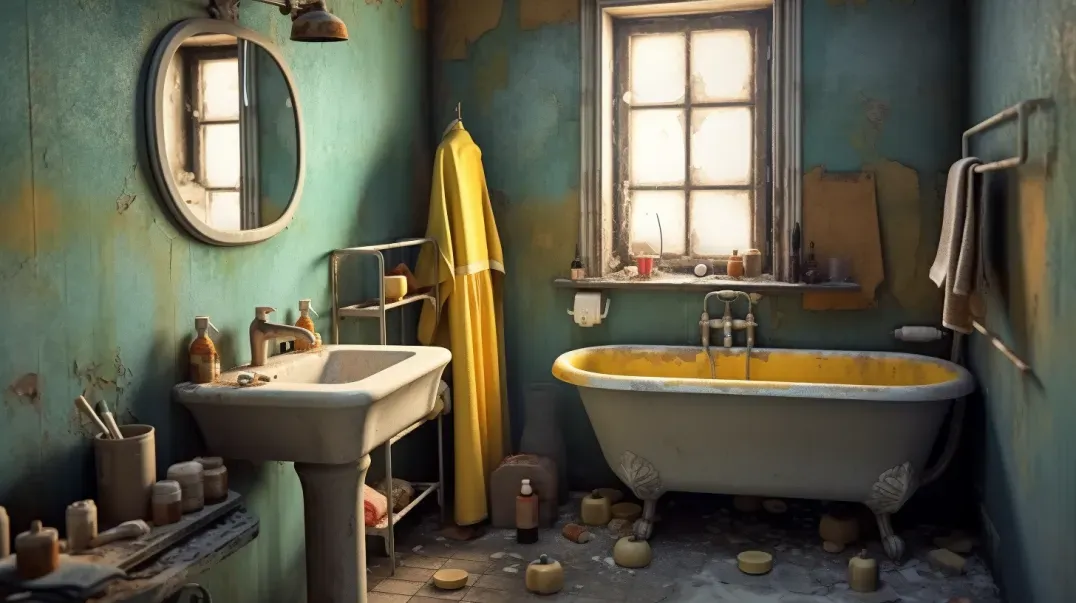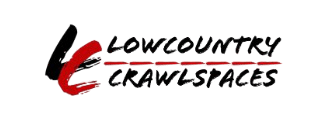Preventing Mold in Carpeted Areas: Best Practices
Following the principles outlined in the "Search Quality Evaluator Guidelines" for creating high-quality, informative, and authoritative content, here is a descriptive introduction for a blog post on the susceptibility of carpeted areas to mold growth:
In the quest for comfort and aesthetic appeal within our living and working spaces, carpets emerge as a popular choice, offering warmth, noise reduction, and a touch of elegance. However, beneath their cozy surface lies a potential challenge that homeowners and facility managers often overlook: the susceptibility to mold growth. Mold, a ubiquitous presence in both outdoor and indoor environments, finds a particularly hospitable environment in carpeted areas, where moisture, organic material, and lack of sunlight converge to create an ideal breeding ground.
This blog post delves into the intricate relationship between carpets and mold, shedding light on why these plush surfaces are prone to harboring mold spores and fostering their growth. From the science of mold proliferation to the specific conditions that carpets provide, we unravel the factors that make carpeted areas a hotspot for mold issues. Understanding this susceptibility is crucial, not only for maintaining the aesthetic and structural integrity of our spaces but also for safeguarding the health of occupants against the adverse effects associated with mold exposure.
As we navigate through the complexities of indoor mold growth, this post aims to arm readers with knowledge and strategies to mitigate the risk of mold in carpeted areas. Whether you're a homeowner, a business operator, or simply someone interested in indoor air quality, the insights provided here will enhance your awareness and preparedness in managing the mold potential in carpeted environments, ensuring a healthier and more enjoyable indoor atmosphere.
Understanding Mold Growth in Carpets
Carpets provide a level of comfort and warmth to any space, but they can also create an ideal environment for unwanted guests: mold spores. Understanding the conditions that promote mold growth in carpets and identifying the types of mold that are commonly found in these areas are crucial steps in maintaining healthy indoor environments. This section delves into the science behind mold proliferation in carpets and highlights the specific mold species that often inhabit these spaces.
Conditions that Promote Mold in Carpets
Mold growth in carpets is primarily fueled by three factors: moisture, organic material, and temperature. Each of these elements plays a pivotal role in creating an environment conducive to mold development.
- Moisture: The most critical factor for mold growth in carpets is moisture. Whether from spills, humidity, or condensation, moisture can easily penetrate carpet fibers and padding, creating a damp environment where mold spores thrive.
- Organic Material: Carpets are made from organic materials such as wool or synthetic fibers that can accumulate dust, skin cells, and food particles. These substances provide the necessary nutrients for mold spores to grow and multiply.
- Temperature: Mold growth in carpets is also influenced by temperature. Most mold species prefer warm conditions, typically between 60°F and 80°F (15°C to 27°C), which are common in indoor environments.
By understanding these conditions, homeowners and facility managers can take proactive measures to mitigate the risk of mold growth, such as controlling humidity levels, ensuring proper ventilation, and promptly addressing spills and leaks.
Types of Mold Common in Carpeted Areas
Several types of mold can be found in carpeted areas, each with its own characteristics and potential health implications. Some of the most common species include:
- Aspergillus: This mold species is known for its ability to thrive in low moisture conditions, making it a common occupant of carpet fibers. Aspergillus can cause respiratory issues and allergic reactions in sensitive individuals.
- Penicillium: Easily recognizable by its blue or green appearance, Penicillium can spread quickly through carpeted areas, especially in the presence of moisture. Exposure to Penicillium spores can lead to allergic reactions and asthma symptoms.
- Cladosporium: This mold variety prefers cooler temperatures and can be found in both indoor and outdoor environments. Cladosporium spores can trigger allergic reactions and respiratory problems.
- Stachybotrys: Often referred to as "black mold," Stachybotrys is particularly concerning due to its association with severe health effects, including respiratory issues and toxic reactions. It requires constant moisture to grow, typically resulting from water damage or chronic dampness.
By identifying the types of mold that are commonly found in carpets and understanding the conditions that promote their growth, individuals can implement effective strategies to prevent mold proliferation, ensuring healthier indoor living spaces.
Key Strategies for Mold Prevention in Carpets
Maintaining the beauty and integrity of carpeted floors extends beyond regular cleaning; it involves proactive measures to prevent the growth of mold, which can compromise air quality and health. Mold thrives in damp, poorly ventilated environments, making carpets particularly vulnerable. However, by implementing strategic measures to control indoor humidity and enhance air circulation, the risk of mold growth can be significantly reduced. This section outlines essential strategies to keep carpets dry and mold-free, ensuring a healthier indoor environment.
Controlling Indoor Humidity
The importance of maintaining optimal humidity levels within indoor spaces cannot be overstated when it comes to mold prevention in carpets. Mold spores are ever-present in the air, waiting for the right conditions to grow. High humidity levels provide the perfect breeding ground for these spores to settle into carpets and multiply. Here are steps to control indoor humidity effectively:
- Use Dehumidifiers: Placing dehumidifiers in high-humidity areas, such as basements and bathrooms, can help maintain a drier environment, discouraging mold growth in carpets.
- Monitor Humidity Levels: Utilize hygrometers to keep track of the humidity levels in your home or office. Aim to keep indoor humidity between 30% and 50%, as recommended by health experts.
- Address Water Leaks Promptly: Leaks from plumbing or the exterior can introduce excessive moisture into carpets. Fix leaks as soon as they are detected to prevent water from soaking into carpet fibers.
- Ventilate During and After Moisture-Producing Activities: Activities like cooking, showering, and drying clothes can increase indoor humidity. Use exhaust fans or open windows during these activities to help release the moisture outside.
Enhancing Air Circulation
Improving air circulation in carpeted areas is crucial for preventing moisture from becoming trapped in carpet fibers, which can lead to mold growth. Effective air circulation helps to dry out damp areas and reduce overall humidity. Here are tips for enhancing air circulation:
- Use Fans: Strategically placed fans can help move air throughout a room, especially after cleaning carpets or spills. Ceiling fans or standing fans can be particularly effective.
- Open Windows: Whenever weather permits, open windows to allow fresh air to circulate through the room, displacing stale, moist air that can contribute to mold growth.
- Utilize Air Conditioning: Air conditioners not only cool the air but also remove moisture. Running an air conditioner during hot, humid months can help keep indoor humidity levels in check.
- Rearrange Furniture: Ensure that furniture does not block air vents or create tight spaces where air cannot circulate freely. Consider the layout of your room to promote better airflow.
By adopting these strategies for controlling indoor humidity and enhancing air circulation, homeowners and facility managers can significantly reduce the risk of mold growth in carpets. These proactive measures contribute to a healthier, more comfortable indoor environment, free from the concerns of mold-related health issues and damage to carpeted flooring.
Regular Cleaning and Maintenance
Maintaining carpets through regular cleaning and maintenance is crucial in preventing mold growth and ensuring a healthy indoor environment. Carpets can trap moisture, dust, and organic particles, which are all ingredients for mold proliferation. By adhering to a consistent cleaning schedule and employing proper techniques, you can significantly reduce the risk of mold and extend the life of your carpets. This section explores the recommended practices for routine vacuuming and cleaning, as well as the importance of periodic deep cleaning and professional carpet cleaning services.
Routine Vacuuming and Cleaning
Regular vacuuming is the first line of defense against mold growth in carpets. It removes dust, dirt, and potential mold spores, preventing them from embedding deeper into the carpet fibers. Here are some recommended practices for effective vacuuming and cleaning:
- Vacuuming Schedule: High-traffic areas should be vacuumed daily, while less frequented areas can be vacuumed at least twice a week. This frequency can be adjusted based on the specific needs of your space.
- Proper Vacuuming Techniques: Use a vacuum cleaner with a HEPA filter to ensure that mold spores and fine particles are captured and not released back into the air. Slow, overlapping strokes ensure more thorough removal of dirt and potential allergens.
- Spot Cleaning: Address spills and stains immediately to prevent moisture from seeping into the carpet padding, where it can become a breeding ground for mold. Use mild, non-toxic cleaning solutions to avoid damaging the carpet fibers.
Deep Cleaning Carpets
While routine vacuuming is essential, periodic deep cleaning is necessary to remove embedded dirt, bacteria, and potential mold spores that regular vacuuming cannot reach. Here are guidelines for deep cleaning and the role of professional services:
- Frequency of Deep Cleaning: It's recommended to deep clean your carpets every 6 to 12 months, depending on the level of foot traffic and specific circumstances such as pets, children, or allergies.
- DIY vs. Professional Cleaning: While there are DIY carpet cleaning machines available for rent, professional carpet cleaning services offer more powerful equipment and expertise. Professionals can ensure that the carpet is not overly wetted and is properly dried, reducing the risk of mold growth.
- Importance of Professional Services: Professional carpet cleaners not only have access to high-grade equipment but also possess the knowledge to use the right cleaning solutions and techniques for different types of carpet fibers. They can effectively remove deep-seated dirt and moisture, ensuring the carpet dries completely to prevent mold.
By incorporating routine vacuuming and cleaning into your regular maintenance schedule and opting for professional deep cleaning services periodically, you can maintain the aesthetic appeal and longevity of your carpets while preventing mold growth. These practices are essential for creating a healthier living and working environment, free from the risks associated with mold exposure.
Immediate Response to Spills and Water Damage
Prompt and effective response to spills and water damage is crucial in preventing mold growth in carpets. Mold can start to develop within 24 to 48 hours in damp conditions, making it imperative to act quickly to mitigate moisture. This section outlines the essential steps to handle spills on carpets and the best practices for addressing water damage, including guidance on when carpet replacement might be necessary.
Handling Spills on Carpets
Spills on carpets, if not addressed promptly, can seep into the fibers and padding, creating an ideal environment for mold. Here are the steps to take immediately after a spill to prevent mold growth:
- Blot the Spill: Use clean, absorbent towels or paper towels to blot the spill gently. Avoid rubbing, as this can push the liquid deeper into the carpet fibers.
- Apply Water: For water-soluble spills, apply a small amount of cold water to the spill area and continue blotting. This helps dilute the spill without oversaturating the carpet.
- Use a Carpet Cleaner: For tougher stains, apply a mild carpet cleaner suitable for your carpet type. Test the cleaner on a small, inconspicuous area first to ensure it doesn't cause discoloration.
- Dry the Area Thoroughly: Use fans, a dehumidifier, or open windows to dry the area quickly. Ensure the carpet and padding are completely dry to prevent mold growth.
Addressing Water Damage
Water-damaged carpets require a more comprehensive approach to prevent mold and ensure the carpet's integrity. Here are the best practices for dealing with water-damaged carpets:
- Assess the Damage: Determine the extent and source of the water damage. If the water is from a clean source (like a burst pipe), the carpet may be salvageable. However, if the water is contaminated (from sewage or outside flooding), it's best to replace the carpet.
- Remove Water Quickly: Use a wet vacuum to remove standing water. For extensive water damage, consider hiring professionals with the necessary equipment to extract the water efficiently.
- Dry the Carpet and Floor: Lift the carpet and padding to dry both sides thoroughly. Use fans, dehumidifiers, and air movers to circulate air and speed up the drying process.
- Clean and Disinfect: Once dry, clean the carpet with a carpet cleaner designed for water damage. Disinfect the area to prevent mold and bacteria growth.
- Consider Replacement: If the carpet was submerged or exposed to contaminated water, or if drying and cleaning are not feasible within 48 hours, replacement is the safest option to prevent mold and health issues.
Prompt action in response to spills and water damage is key to preventing mold growth in carpets. By following these steps and best practices, you can protect your carpets and ensure a healthy indoor environment free from the risks associated with mold.
Choosing the Right Carpet Materials
The selection of carpet materials is a critical decision in both the design and maintenance of indoor spaces. With the right choices, you can significantly reduce the risk of mold growth, ensuring a healthier environment. This section delves into mold-resistant carpet options and offers considerations for carpeting in high-moisture areas, providing valuable insights for homeowners, builders, and designers alike.
Mold-Resistant Carpet Options
Advancements in carpet technology have led to the development of materials that are resistant to mold and mildew, offering a viable solution for maintaining indoor air quality and preventing mold-related issues. When selecting mold-resistant carpet materials and underlays, consider the following options:
- Synthetic Fibers: Carpets made from synthetic fibers such as nylon, polyester, and olefin are less absorbent than natural fibers, making them more resistant to mold and mildew. These materials dry quickly and are less likely to retain moisture.
- Antimicrobial Treatments: Some carpets are treated with antimicrobial agents that inhibit the growth of mold and bacteria. These treatments can provide an additional layer of protection in environments susceptible to moisture.
- Moisture-Resistant Padding: Underlays or padding made from rubber or foam materials that resist moisture can significantly reduce the risk of mold growth beneath the carpet. These materials prevent moisture from being trapped between the carpet and the floor.
- Breathable Materials: Opt for breathable carpet materials and padding that allow air to circulate, facilitating faster drying and reducing the potential for mold growth.
Considerations for High-Moisture Areas
Carpeting in areas prone to moisture, such as basements and bathrooms, requires careful consideration to prevent mold growth. Here are recommendations for selecting carpeting in these areas:
- Avoid Carpeting if Possible: In areas with high moisture levels or direct water exposure, consider alternative flooring options such as tile, vinyl, or laminate that are water-resistant and easier to dry.
- Choose Mold-Resistant Carpets: If carpeting is preferred, opt for mold-resistant materials and underlays specifically designed for high-moisture environments. Ensure that the carpet is treated with antimicrobial agents.
- Proper Installation and Ventilation: Ensure that carpets in moisture-prone areas are installed with a moisture barrier and that the area is well-ventilated to facilitate drying. Use dehumidifiers if necessary to maintain optimal humidity levels.
- Regular Maintenance: Carpets in high-moisture areas require more frequent cleaning and inspection for signs of moisture or mold. Promptly address any spills or leaks to prevent water from soaking into the carpet.
Choosing the right carpet materials and considering the specific needs of high-moisture areas are crucial steps in preventing mold growth and maintaining a healthy indoor environment. By selecting mold-resistant options and adhering to best practices for installation and maintenance, you can enjoy the comfort and aesthetic benefits of carpeting without the risk of mold-related issues.
FAQs
Contact Lowcountry Crawlspaces Today!
Lowcountry Crawlspaces will do everything we can to ensure your experience with us is excellent.
Request A FREE Estimate
CHECKOUT RECENT POST
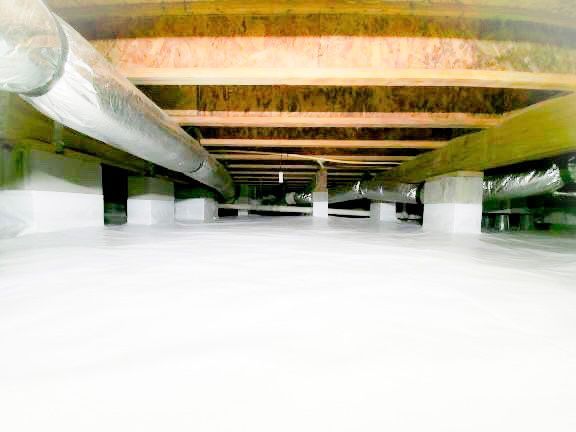
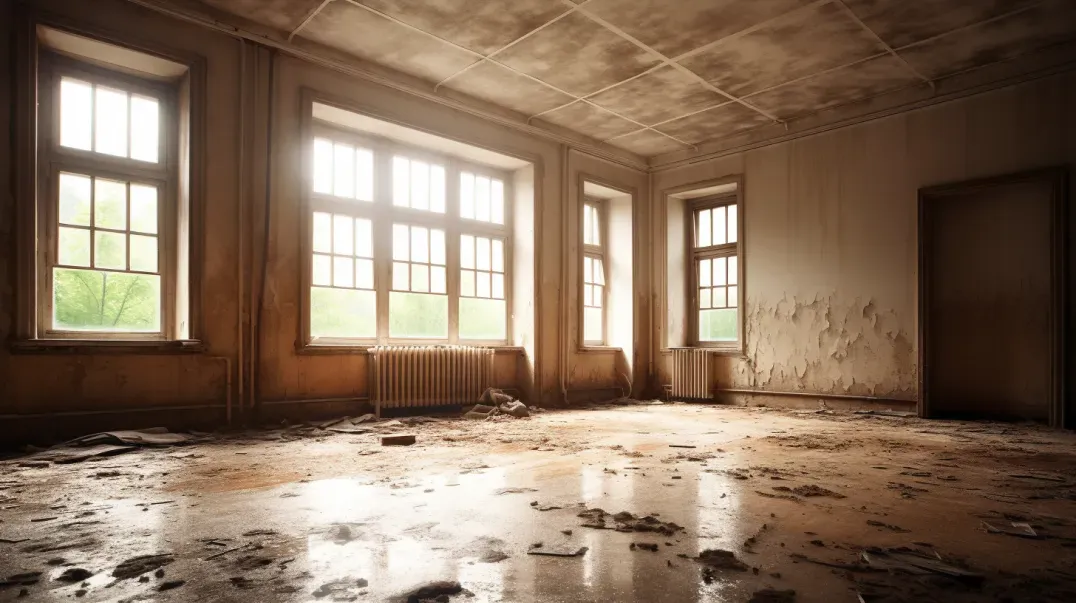
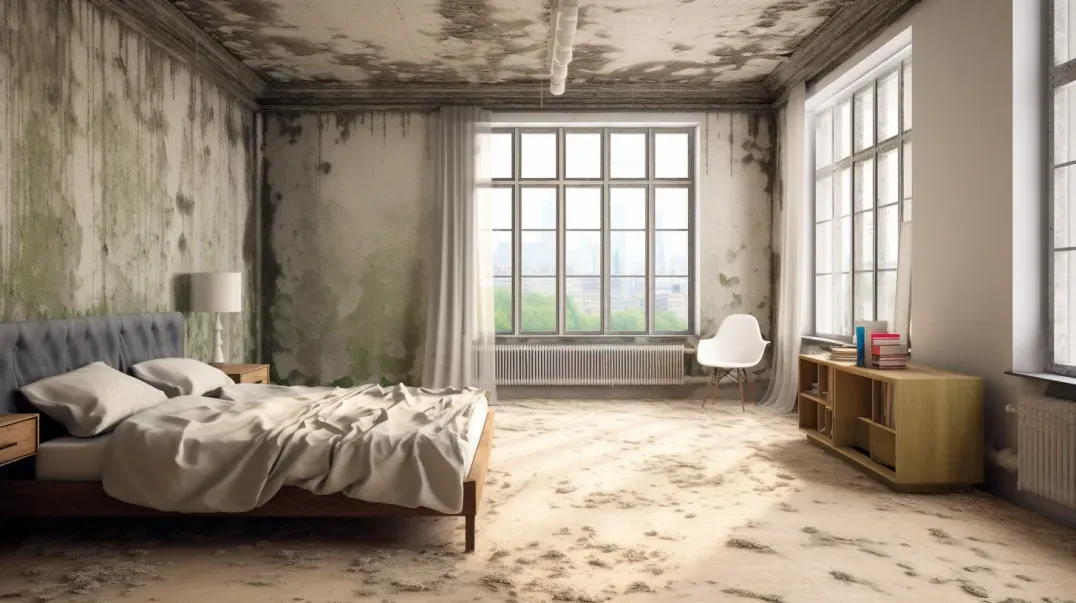
Schedule Your FREE Crawl Space Evaluation Today
There Is No Crawl Space Job We Can’t Fix!



